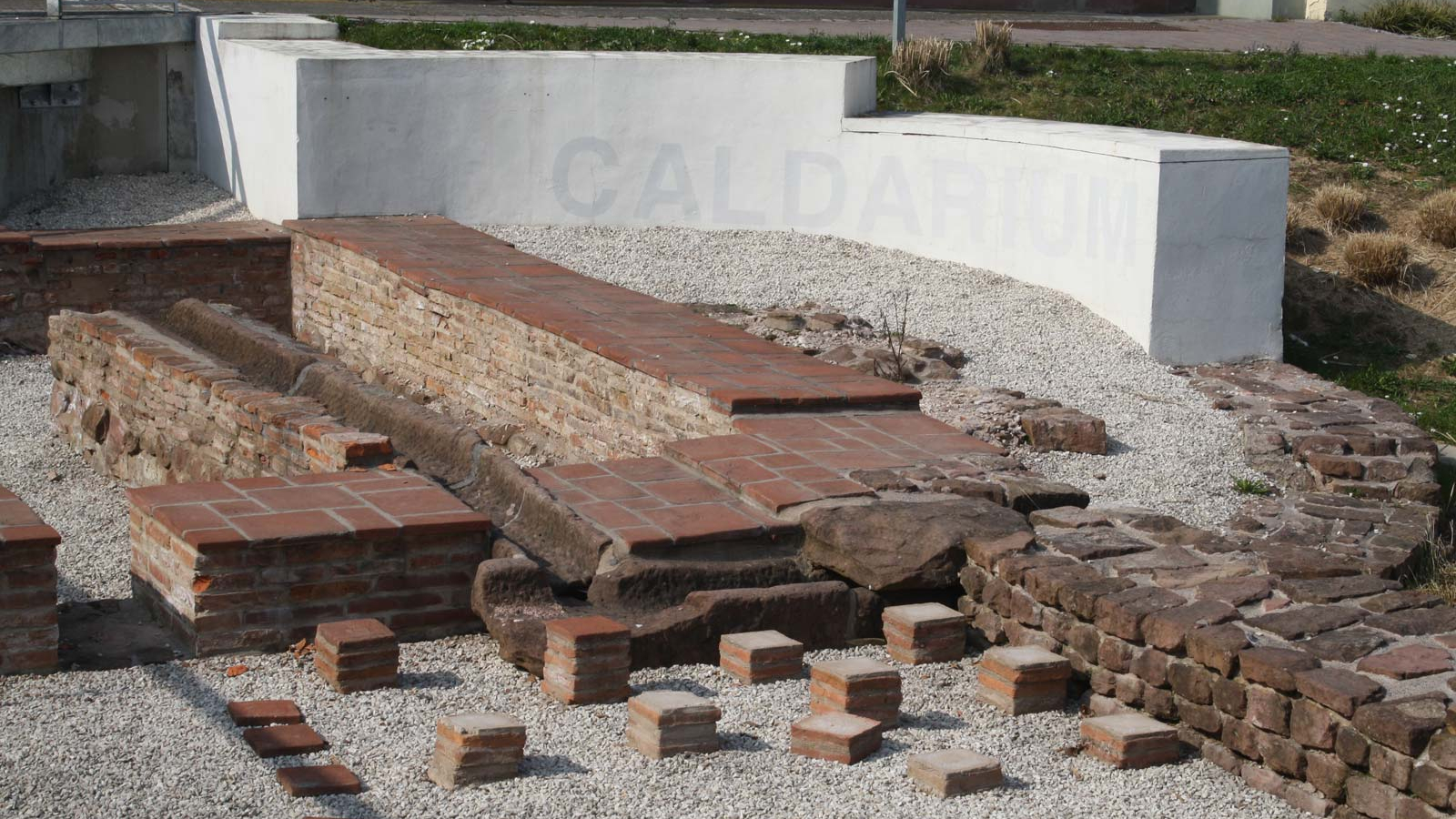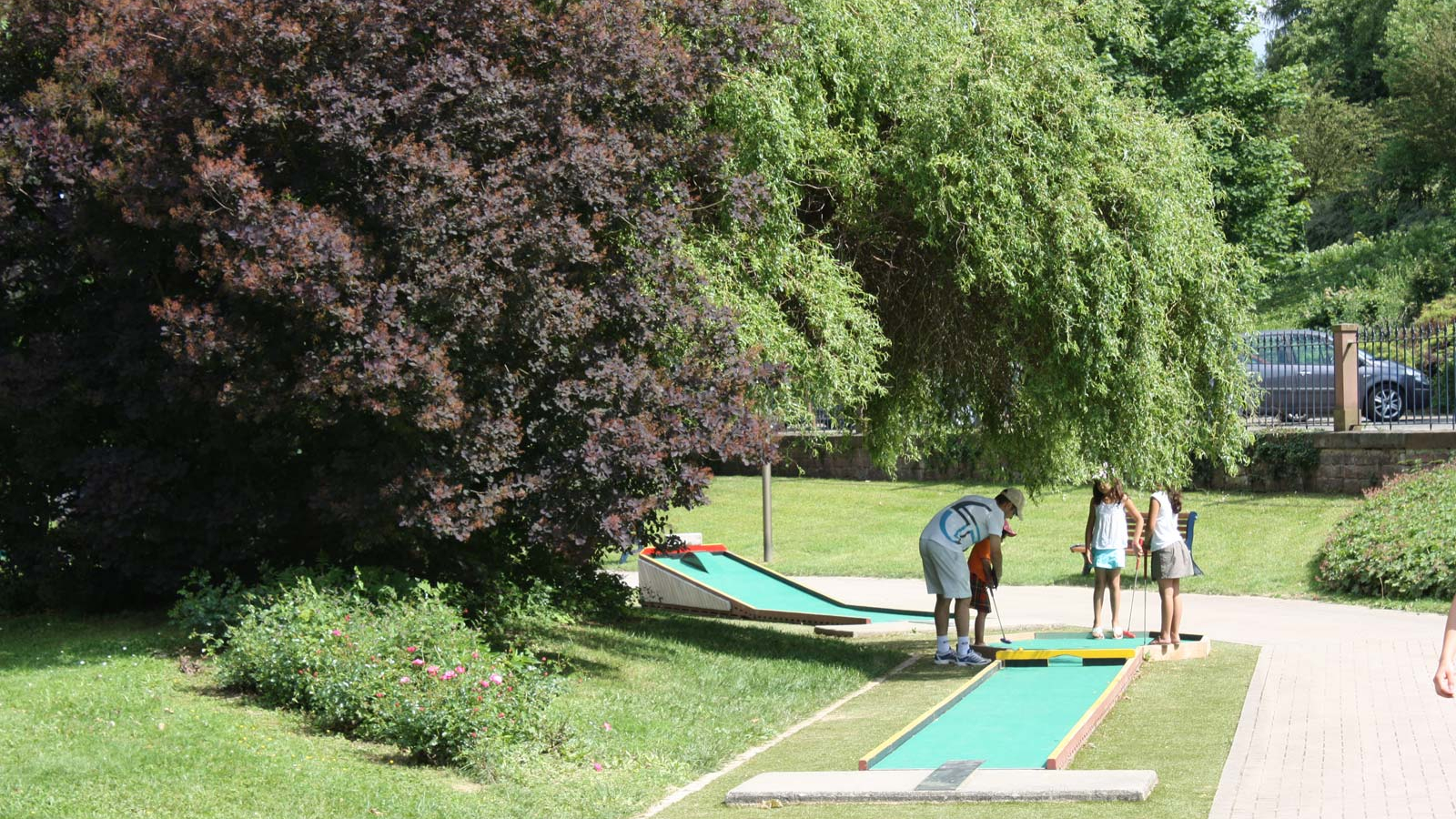Niederbronn-Les-Bains
Niederbronn-les-Bains owes its birth, name and prosperity to its thermal springs. Niederbronn-les-Bains is commonly considered to be a Roman foundation. Between the Ist and IVth centuries, a Roman metropolis developed. The discovery of numerous Roman coins in the catchment area of the present ''Roman Spring'' demonstrates that the Gallo-Romans were aware of and exploited this spring. This prosperity was wiped out by the barbarian invasions of the late Vth century. The first mention of Niederbronn (''Villa Brunnon'') dates from 820, but the Roman name of this agglomeration remains an enigma. During the Middle Ages, the springs were forgotten. They were not rediscovered until the Renaissance era. During the XVIIth century, the 30-year war again put an end to the medicinal use of the waters. The XVIIIth-century saw the development of the metallurgy industry in the region at the instigation of Jean De Dietrich (one of his descendants, Philippe De Dietrich, became Mayor of Strasbourg in 1790 and it was at his house that Rouget de Lisle first sang the Marseillaise). Jean De Dietrich installed the first ironworks at Jaegerthal and renovated the thermal spa. The industrialisation of the region brought to Niederbronn-les-Bains an era of prosperity which continues today. In the XIXth century, the spa experienced an unprecedented boom. In 1828 the Commune built a new thermal Establishment with an attractive vauxhall, which became the venue for the fashionable members of society who frequented Niederbronn to take to the waters. In 1926 the town obtained classification as a spa resort and its first casino gambling permit. During the Second World War, 37 percent of the town was destroyed. Tastefully rebuilt, the resort now welcomes around 4000 visitors per annum. The spa is thought to employ around 500 people. It is primarily a resort for sufferers from rheumatism, the after-effects of osteo-articular trauma, gout, lithiasis and obesity. At the dawn of the third millennium, Niederbronn-les-Bains is geared to providing comfort and restoring health; the resort must preserve its character and continue to be a major tourist attraction in the NorthVosges National Park.










